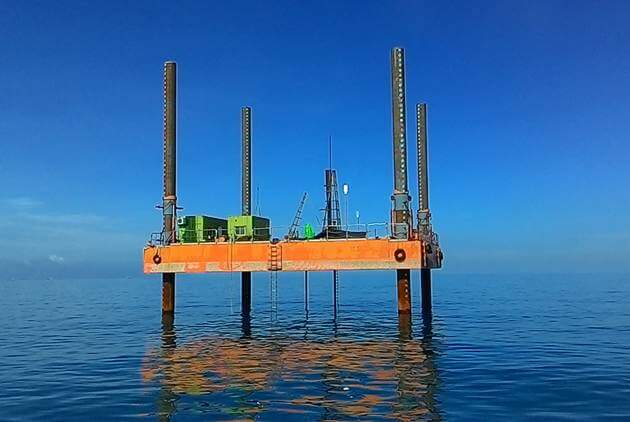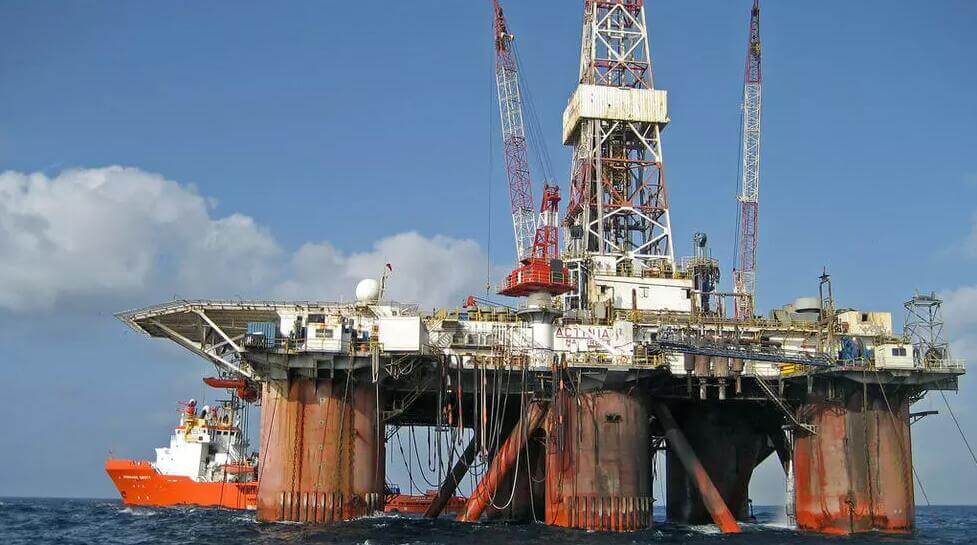Jan 20, 2022
The market research organization IHS Markit recently released a report that pointed out that with the significant cost reduction, oil and gas producers put the offshore exploration and development plan back on the agenda. In 2019, offshore oil and gas exploration and development activities continue to increase, regardless of the downturn in the offshore drilling platform market. Both the overall number and the general utilization rate are on the rise, and it is expected that the recovery will continue in the next few years.

Overall demand continues to rise
According to IHS Markit's forecast, the global demand for offshore drilling rigs, including jack-up rigs and floating rigs, will increase from 473 in 2019 to 550 in 2021, an increase of about 16%.
According to Jeremy Lake, vice president of Swiss Ocean Drilling Company, active floating drilling platforms increased by 6% in the first half of 2019, and the market utilization rate of floating drilling platforms is expected to exceed 80%; from 2019 to 2021, Demand will increase from 345 to 388, floating drilling will increase from 69 to 84, and the number of drilling vessels will increase from 59 to 78.
IHS Markit analysis pointed out that the increase in offshore oil and gas drilling activities, largely due to cost reduction of 30% to 40%, while productivity has also increased significantly. According to Brad Alexander, vice president of Swiss Ocean Drilling Company, "At present, the performance of some high-spec rigs operating in the Gulf of Mexico and around the world has improved by about 30%."
However, IHS Markit also said that although the increase in demand for various offshore drilling platforms will bring more projects in the short term, there are still many drilling projects that may continue to be delayed until 2021 or even later, which will lead to 2020 The annual increase in demand is not obvious.

Middle East favors jack-up rig
The IHS Markit report predicts that the demand for jack-up rigs will continue to grow in the Middle East in the next two years.
According to the data of the report, the number of jack-up drilling platforms in the Middle East has reached 136, and it is expected to reach 152 in 2021. The report believes that demand in the Middle East will be mainly driven by state-owned oil companies in the region, among which Saudi Arabia, Qatar and the UAE will lead the main growth.
Statistics show that in order to increase domestic oil production, Abu Dhabi National Oil Company (ADNOC) plans to increase the number of its drilling platforms from 27 to 35 or 40 in the next few years. The number of Qatar rigs is expected to increase from the current 14 to 22 in 2021. At the same time, Saudi Aramco plans to further develop light crude oil and offshore oil fields to maintain its position as the world's leading oil producer.
In addition to the Middle East, IHS Markit said that the demand for the number of jack-up drilling rigs in the Indian Ocean and West Africa will also witness strong growth.
It is worth noting that the demand for jack-up rigs currently shows no signs of significant growth in many markets around the world. The IHS Markit report predicts that in 2021, the demand for jack-up rigs in the North Sea region will be 30, only one more than in 2019; the demand for jack-up rigs in the Far East will be approximately 46 in 2019, and will decline by 2021. To 43 seats.
At the same time, IHS Markit also predicts that in North and South America, the demand for jack-up rigs may remain at the current low level for a period of time. Specifically, in the Gulf of Mexico of the United States, the demand for jack-up drilling platforms will remain between 10 and 11; the demand for jack-up platforms in South America may be only 2, but may be in the next few years Slightly increased to 4.

Obvious growth of floating drilling platform
IHS Markit also predicts that in the next few years, as global deepwater exploration and development activities strengthen, the floating drilling platform market will grow significantly. Among them, the prospects for demand for semi-submersible drilling platforms and drilling vessels are more optimistic.
IHS Markit predicts that by 2021, the demand for semi-submersible drilling platforms in South America will increase significantly. In Guyana alone, there may be at least five floating drilling platforms in use. In addition, it is estimated that the demand for semi-submersible drilling platforms by Petrobras is expected to rise from an average of 4 in 2019 to 10 in 2021. In addition, the demand for semi-submersible drilling platforms in North America, the Gulf of Mexico, Europe, Norway, and the Asia-Pacific region is also greater, and Australia, New Zealand, and the Indian Ocean region are also expected to show small increases.
In terms of drilling vessels, IHS Markit believes that North America and South America are the main regions driving demand for drilling vessels. North America is mainly attributed to the renewal of new projects by oil and gas producers. It is expected that demand in the US Gulf of Mexico will increase slowly in the next two years, from 18 in 2019 to 20 in 2021. South America is driven by Guyana’s oil and gas exploration activities and Brazil’s subsalt oil and gas projects. It is estimated that the demand for drilling vessels from Petrobras will rise from 14 in 2019 to 23 in 2021.
In addition, IHS Markit data also shows that as long-term deepwater exploration and development projects in West Africa drive the growth of the drilling ship market, the number of drilling ships operating on the West African coast may increase from 11 in 2019 to 16 in 2021. In the Mediterranean region, the number of drilling vessels will increase from 2 in 2019 to 5 in 2021.
Simply complete the form below and a Hengwang product expert will contact you shortly.